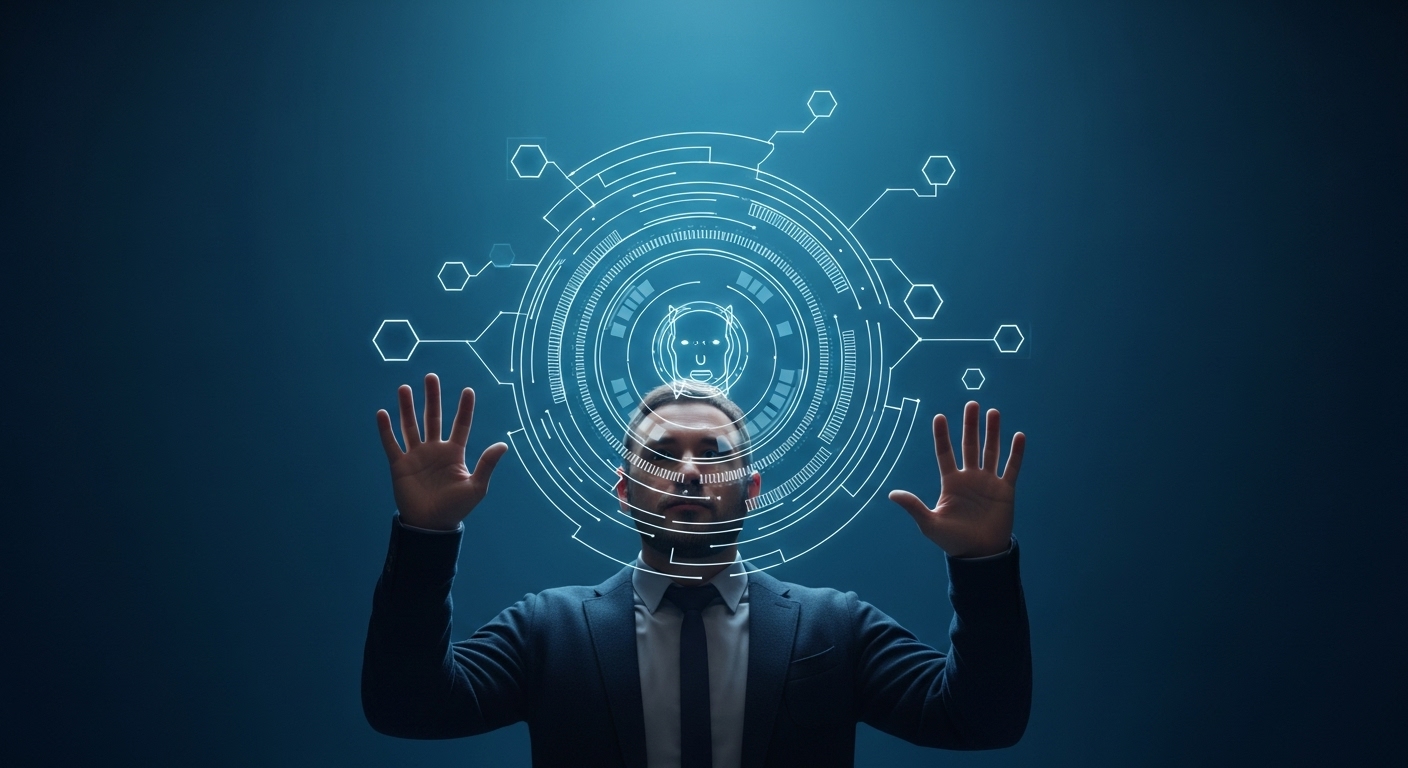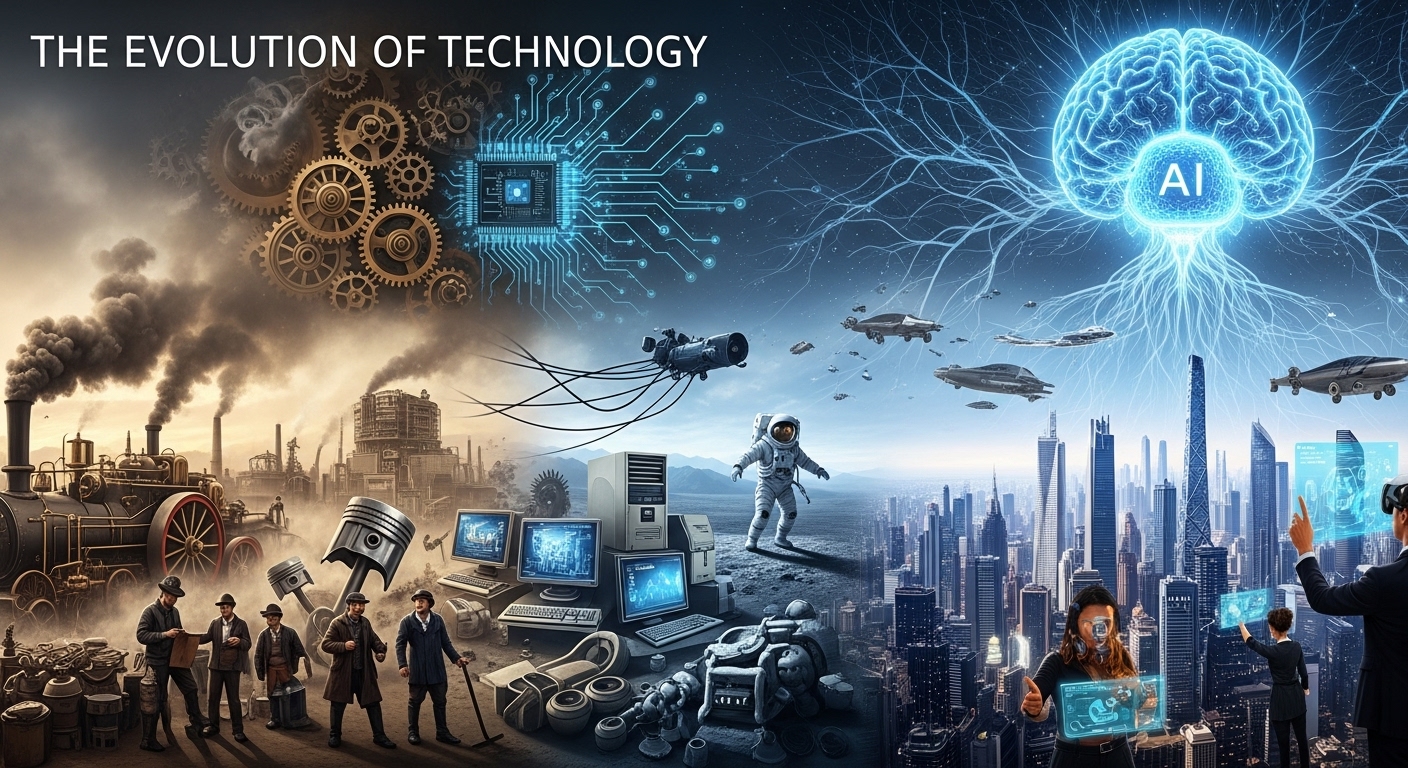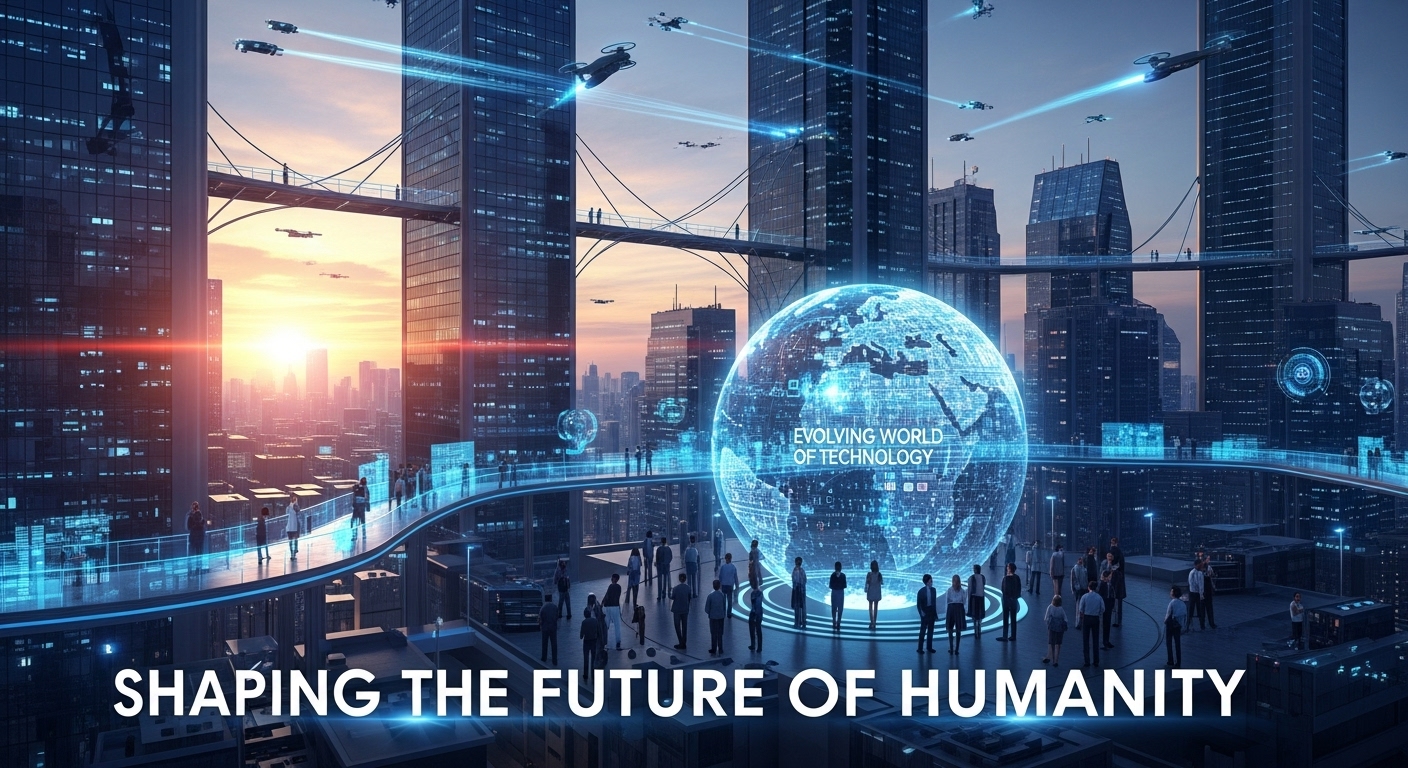Technology has become an inseparable part of human life. From the way we communicate to how we work, learn, and entertain ourselves, technology continuously shapes and reshapes society. The evolution of technology is not just a story of gadgets and software, but also a reflection of human ingenuity, creativity, and the pursuit of efficiency. This article explores the multifaceted aspects of modern technology, its applications, and the impact it has on individuals, businesses, and global communities.
The Evolution of Technology
The journey of technology began with the simplest tools made from stone and wood. These early innovations laid the foundation for humanity’s advancement. Over time, the Industrial Revolution marked a significant shift as machines began to replace manual labor, giving rise to factories, mass production, and a new era of human productivity.
With the advent of electricity, communication technologies such as the telegraph and telephone revolutionized information sharing. The 20th century brought computers, which dramatically altered the speed and complexity of problem-solving. Early computers occupied entire rooms, but today, billions of devices fit in our pockets and carry more processing power than the first generation of computers.
The Role of Computing in Modern Life
Computing is the backbone of modern technology. Personal computers, laptops, tablets, and smartphones have transformed the way people work, study, and interact. Businesses rely on computers for data management, decision-making, and automation. From financial transactions to healthcare records, computing ensures efficiency and accuracy that was unimaginable a few decades ago.
In addition to personal and professional use, computing has enabled advanced research in various fields. Artificial intelligence and machine learning algorithms now analyze massive datasets to uncover patterns, make predictions, and provide solutions in medicine, climate science, and engineering. These advancements highlight the importance of computational power in solving complex global challenges.
Artificial Intelligence and Machine Learning
Artificial intelligence (AI) and machine learning (ML) are among the most transformative technologies of the 21st century. AI refers to machines that simulate human intelligence, while ML is a subset of AI that allows systems to learn from data without explicit programming.
AI is now widely used in areas such as natural language processing, image recognition, autonomous vehicles, and predictive analytics. Virtual assistants like Siri and Alexa demonstrate AI’s ability to interact with humans seamlessly. Machine learning, on the other hand, powers recommendation systems on streaming platforms, e-commerce sites, and social media, enhancing user experience by predicting preferences.
The impact of AI extends beyond convenience. In healthcare, AI algorithms can analyze medical images to detect diseases at an early stage, improving treatment outcomes. In agriculture, AI helps monitor crop health and predict yields, contributing to food security. These examples illustrate AI’s potential to create a smarter, more efficient world.
The Internet of Things and Connectivity
The Internet of Things (IoT) connects everyday objects to the internet, enabling them to collect, exchange, and act on data. From smart homes to industrial automation, IoT is revolutionizing how we live and work. Smart thermostats, connected refrigerators, wearable fitness trackers, and intelligent traffic management systems are all examples of IoT in action.
Connectivity is at the heart of IoT. High-speed internet, 5G networks, and cloud computing allow devices to communicate and process information in real time. This interconnected ecosystem improves efficiency, reduces waste, and enhances user convenience. For instance, smart cities use IoT sensors to monitor air quality, traffic flow, and energy consumption, creating urban environments that are both sustainable and responsive to residents’ needs.
Cybersecurity in the Digital Age
As technology advances, cybersecurity becomes increasingly critical. The rise of digital systems and online transactions exposes individuals and organizations to cyber threats, including hacking, ransomware, and identity theft. Protecting sensitive data and maintaining trust in digital systems is paramount.
Cybersecurity involves not only technical measures, such as encryption, firewalls, and antivirus software, but also awareness and education. Users must adopt secure practices, such as strong passwords, multi-factor authentication, and vigilance against phishing attacks. Organizations invest in cybersecurity frameworks, threat monitoring, and incident response plans to safeguard their digital assets.
The importance of cybersecurity extends beyond personal and corporate domains. National security, financial stability, and public safety increasingly depend on resilient digital infrastructure. As a result, cybersecurity is a field that continues to evolve rapidly, keeping pace with emerging threats.
The Rise of Cloud Computing
Cloud computing has revolutionized the way data is stored, accessed, and processed. Instead of relying solely on local servers and physical storage, cloud services allow users to store data remotely and access it from anywhere in the world. Major industries, from finance to healthcare, rely on cloud computing to scale operations efficiently.
The cloud offers flexibility, cost savings, and scalability. Businesses can deploy applications without investing heavily in physical infrastructure. Collaboration is enhanced as teams can work on shared documents, access real-time updates, and communicate seamlessly. Furthermore, cloud computing supports advanced technologies such as AI, big data analytics, and IoT, providing a robust foundation for innovation.
Advancements in Robotics
Robotics combines mechanical engineering, electronics, and computer science to create machines capable of performing tasks autonomously or semi-autonomously. Robots are now used in manufacturing, logistics, healthcare, agriculture, and even exploration. Industrial robots increase production speed and precision, while service robots assist in medical procedures, cleaning, and customer service.
Autonomous robots are particularly noteworthy. Drones, self-driving vehicles, and robotic delivery systems demonstrate the potential of machines to navigate complex environments with minimal human intervention. Robotics also plays a crucial role in hazardous environments, performing tasks that are dangerous for humans, such as disaster response or deep-sea exploration.
Virtual Reality and Augmented Reality
Virtual reality (VR) and augmented reality (AR) are transforming how people experience digital content. VR immerses users in a completely simulated environment, while AR overlays digital information onto the real world. Both technologies have applications in gaming, education, training, design, and healthcare.
In education, VR enables immersive learning experiences, allowing students to explore historical sites, conduct virtual experiments, or simulate complex scenarios. In medicine, AR assists surgeons by overlaying critical information onto their field of view during procedures. The entertainment industry also benefits, with VR and AR creating interactive and engaging experiences that blur the line between reality and imagination.
Renewable Energy Technologies
Technology is central to the global transition toward renewable energy. Solar panels, wind turbines, hydroelectric systems, and energy storage solutions are advancing rapidly, making sustainable energy more accessible and efficient. Smart grids, powered by technology, optimize energy distribution and consumption, reducing waste and improving reliability.
Innovation in battery technology is particularly crucial. High-capacity, long-lasting batteries enable the widespread adoption of electric vehicles and renewable energy storage, addressing the intermittency of solar and wind power. Technological advancements in energy efficiency and smart infrastructure contribute to a greener future, highlighting technology’s role in addressing environmental challenges.
The Future of Transportation
Transportation technology is evolving at an unprecedented pace. Electric vehicles (EVs), autonomous vehicles, hyperloop systems, and smart traffic management are redefining mobility. EVs reduce reliance on fossil fuels and lower carbon emissions, while autonomous vehicles promise safer roads by minimizing human error.
Urban mobility is also changing through technology. Ride-sharing apps, electric scooters, and smart public transportation systems enhance convenience and reduce congestion. Hyperloop concepts, which propose high-speed travel in vacuum tubes, could drastically reduce travel time between cities. These advancements underscore the role of technology in creating sustainable, efficient, and accessible transportation networks.
Biotechnology and Health Innovations
Technology in biotechnology and healthcare has transformed disease prevention, diagnosis, and treatment. Genomic sequencing, personalized medicine, wearable health monitors, and telemedicine are improving healthcare outcomes and patient experiences.
AI-powered diagnostic tools analyze medical images with remarkable accuracy, detecting conditions such as cancer, cardiovascular disease, and neurological disorders early. Telemedicine platforms connect patients with healthcare providers remotely, expanding access to medical care in underserved regions. Biotechnology also enables the development of vaccines, gene therapies, and innovative treatments that were once considered science fiction.
Ethical Considerations in Technology
While technology offers immense benefits, it also raises ethical questions. Privacy, data security, AI decision-making, and the societal impact of automation require careful consideration. Policymakers, technologists, and society must navigate the balance between innovation and responsible use.
AI systems, for example, can inadvertently perpetuate biases present in their training data. Automation may lead to job displacement, requiring strategies for workforce reskilling and social support. Ethical frameworks guide technology development, ensuring that progress aligns with human values and long-term societal well-being.
The Global Impact of Technology
Technology has a profound global impact, bridging geographical boundaries and connecting people worldwide. The internet enables instant communication, access to information, and collaboration across continents. Digital platforms empower entrepreneurs, educators, and activists to reach global audiences, fostering innovation and social change.
Emerging economies benefit from technology adoption in areas such as mobile banking, tele-education, and e-commerce. Access to digital tools enhances economic growth, education, and healthcare, contributing to global development. Technology, therefore, is not merely a tool but a transformative force shaping the future of humanity.
Conclusion
The story of technology is the story of human progress. From simple tools to advanced AI, robotics, and biotechnology, technology has continually reshaped the world, offering unprecedented opportunities and challenges. Its applications span every aspect of life, from personal convenience to global development, healthcare, and environmental sustainability.
As we move forward, embracing technology responsibly and ethically will determine its true impact on society. By fostering innovation, ensuring inclusivity, and addressing potential risks, humanity can harness technology as a force for positive transformation. The future is a landscape of possibilities, and technology is the bridge that connects imagination to reality, creating a world limited only by our vision and ingenuity.



